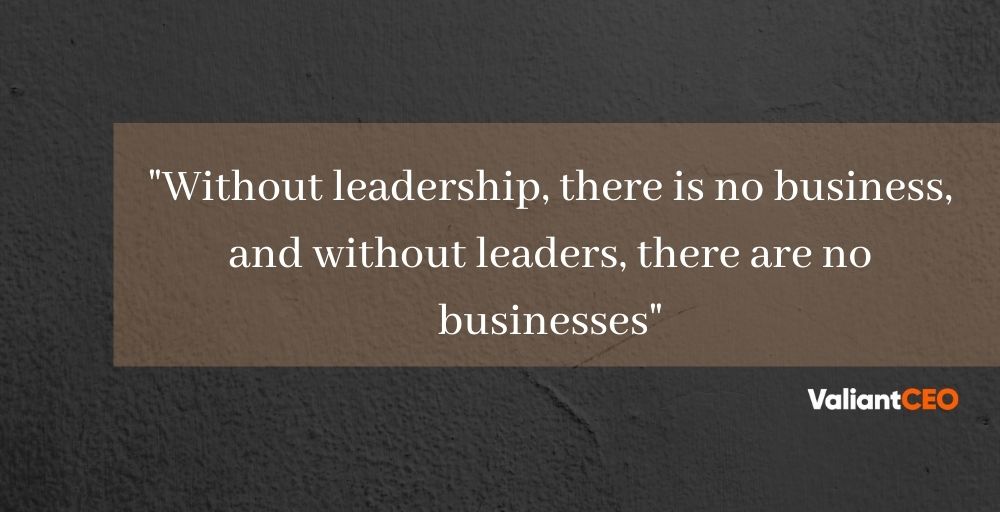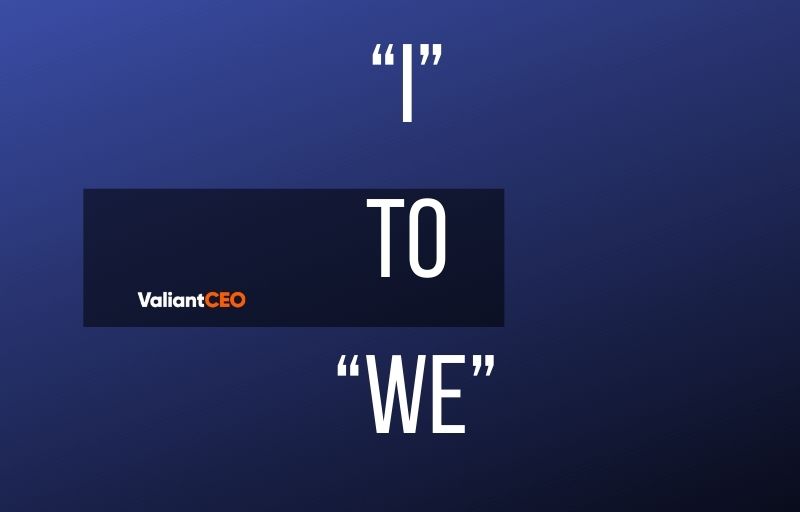One of the most powerful concepts in business today is leadership. Leadership is both an art and an actual skill encompassing an individual’s ability to motivate, influence, or direct other people, groups, or even whole organizations. Leadership also involves motivating subordinates to meet a common goal and conveying important information and knowledge to all members of a group.

Poor leadership results in poor execution of plans, poor strategies that lead to poor results. Here are seven of the biggest problems that might help you identify whether or not your business is experiencing a problem with leadership

Lack of communication
The sheer complexity of today’s business world demands CEOs be capable of communicating effectively on multiple levels to their team members. Effective communication is particularly difficult now more than ever, due to the speed of decision-making and the prevalence of multiple options and alternative ideas. You need to consistently make effective communication a top priority for your business and that requires consistency, clarity, commitment, and a commitment to continually keep at it. Otherwise, you’ll find yourself doing everything possible to avoid creating crises rather than solve them.

Fear of firing
Most leaders will tell you that fear is not a big problem and that people fear their managers and co-workers more than anything else. The problem with this line of thinking is that leaders rarely get to talk to their managers or their co-workers without some kind of resistance. Leaders are naturally afraid of the idea of firing someone they’ve worked for, or the idea of losing that person to another employer.
Fear of firing can lead to the wrong changes, and the company will probably not survive. It is important for leaders to realize when they have allowed a fear of firing to grow too large because it is dangerous to continue to operate their company effectively.

Lack of clear vision
Leaders need a vision to guide them. They need to have a clearly defined plan in mind of how to go about solving a given problem. Leaders are challenged with achieving this kind of vision all the time, as all organizations are constantly changing. Leaders have to think about their mission, remain focused on it, and then act to create a reality that matches their ideal. If they don’t do these things, they run the risk of getting distracted and failing to achieve the desired results.

Leaders must realize that the organization they’re leading will inevitably grow and change over time. Their vision must evolve along with its own needs and priorities. They must stay focused on the future, even though it’s unclear what that future may hold. A leader must be willing to adapt his or her tactics, skills, and style as the organization itself changes and grows.
Lack of accountability
Many leaders assume that others know what they want. While this might be true in some cases, it’s usually unrealistic for leaders to assume that everyone else shares their same vision. So leaders must take responsibility for doing things properly and get feedback from those who will be affected. If leaders are not accountable for their actions, they won’t be able to improve things-or get anything done at all.

Lack of alignment
Sometimes leaders will have an opinion about how they want things done, but their actions and reactions do not match their stated opinion. When this happens, there’s usually a problem because no one believes the leaders will act in the ways that they say they will. To solve this problem, leaders must decide what they truly want before taking any action. Then they must work to build support for their desired actions. If support for the leaders is minimal, the leaders may not get the results they believe they need.

Poor execution
Poor execution is a very real problem and it is something that you need to be able to prevent at all costs. One of the best ways to do this is to set an example and be consistent in your leadership. If everyone practices what you are teaching them, then they will be better able to follow your lead. Just think of the movie “Star Wars.” Luke Skywalker was never able to do what his father did because he followed his father’s footsteps. The best leaders are the ones who are able to do that.

Company culture
This means that all employees should be treated the same, held to similar professional expectations, and trained similarly. A Company Culture by Default also suggests that management must understand the culture they have created and promote it in order for it to thrive, or be a liability to the company.

Conclusion
Being a leader isn’t easy, but it doesn’t have to be the most difficult task in the world. If you’re experiencing the biggest problems with leadership, you have plenty of resources. You only have to reach down and remember that you’re not alone in this journey. There are plenty of people willing to help you improve yourself and your skills so that you can lead effectively.







